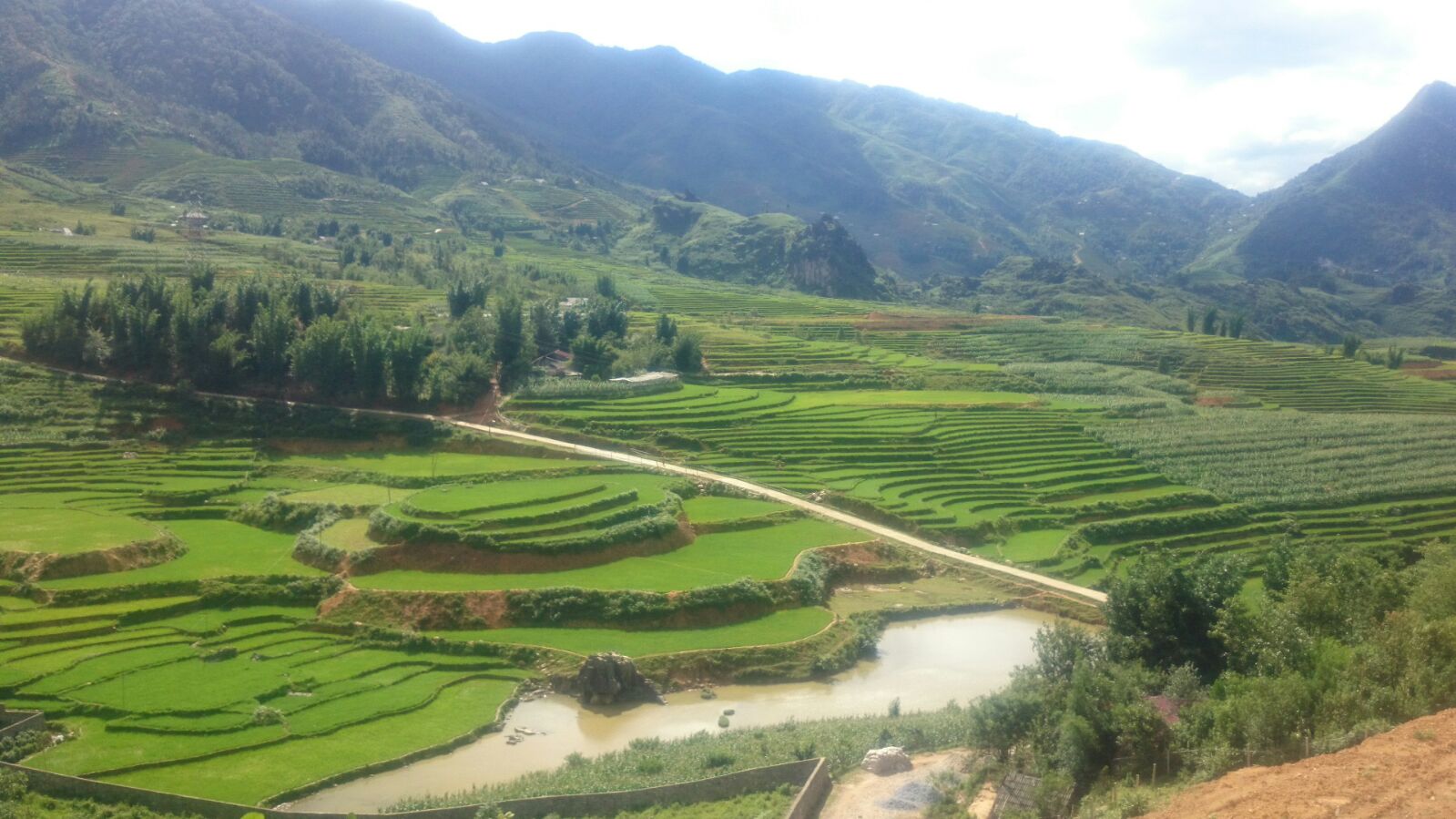The roots perform essential functions for the plant such as anchoring in the soil and exploration of the soil to capture water and minerals. The development of the root system is largely based on the ability of the plant to create new root axes, either from stems (adventitious rhizogenesis) or from roots (lateral rhizogenesis). This process of initiating new root meristems allows the plant to adapt its root architecture to varying soil parameters such as water availability, nutrients or the presence of biotic agents. On the other hand, the ability of roots to regulate the absorption and transport of water that feeds the transpiration flow is essential to maintain a balance between supply and demand and then for a proper development and adaptation of the plant under changing environmental conditions. This depends both on aspects of the root development, but also on the hydraulic function of the roots. Deciphering the mechanisms underlying root development and the physiological mechanisms associated to it is a major challenge that could open new avenues of improving cultivated plants.
Cereals provide nearly 50% of humanity's food calories, but their yield is subject to a wide variety of edaphic constraints. The root system of cereals, which is very branched, consists mainly of adventitious or crown roots and different types of lateral roots, which may have several orders of branching. Our research programs aim at identifying the genetic determinants controlling growth and root hydraulic characteristics in rice and millet. The comparison of these mechanisms with those described for root organogenesis in A. thalianainforms on the evolution of the mechanisms of rhizogenesis between dicotyledons and monocotyledons on the one hand, and between adventive and lateral rhizogenesis on the other hand.
In addition, we seek to better understand the functional role of different root types in the adaptation to water stress and mineral deficiency through the study of their:
- hormonal characteristics, in connection with the perception and signalling of jasmonate,
- hydraulic characteristics, in connection with the architecture, the anatomy and the role of aquaporins.
One of our perspectives is to identify genes and alleles influencing these characteristics, and likely to be used for varietal selection (assisted by molecular markers and systems biology approaches) and the definition of ideotypes adapted to different environments.
Thus, the research of the CERES team revolves around three main scientific questions:
What are the genetic determinants controlling root traits that have a role in adaptation to water stress and mineral deficiency?
Root architecture describes the spatial organization of roots in the soil and plays a major role in the agronomic performance of cereals by affecting physiological processes controlling yield. Root ideotypes allowing to optimize water and nutrients acquisition are promising targets in some species. We search for the genetic determinants controlling the growth of coronary roots in rice and the seminal root in millet, both of which are thought to play an adaptive role, using a GWAS (Genome Wide Association Studies) strategy applied to collections of cultivated and wild varieties of millet or rice. Moreover, in Arabidopsis and in rice, the genetic mechanisms controlling postembryonic rhyzogenesis from different organs are explored by an original approach combining transcriptomics, gene network inference, systems biology and classical tools of cellular biology and genetic. In dicotyledonous Arabidopsis, the branching of the main root contributes mainly to the root architecture. By contrast in rice, most of the root system is formed by coronal roots emerging from the base of the stems. The parallel use of these two model species allows the transfer of tools and knowledge from one to the other, and the comparison of the experimental data obtained on these two types of root development.
What is the role of jasmonate in responses associated with root development and in response to abiotic stresses in rice?
The selection of root systems that can maintain the water and mineral nutrition of the plant even under stress requires both to gain a thorough understanding of the genetic determinants controlling the development of the root system and to acquire knowledge on how stress affects its development. Jasmonate is at the heart of the processes regulating stress responses and plant development. We build on the fact that many responses to environmental constraints are regulated by jasmonate to better understand the interactions between stress and development. Genetic and functional biology approaches are being developed in rice to investigate how jasmonate-dependent signals are perceived and transmitted in the roots, and how the responses associated with root development and stress response are orchestrated. The originality of this approach is based on the fine and integrated analysis of both the complex root developmental process and the impact of stress on this process at the root system level but also at the cellular and molecular level.
What is the contribution of the hydraulic properties of the root system to plant tolerance to water limitation and mineral deficiency?
The productivity of a crop is mechanically and inevitably related to the consumption of water. Under water stress, limiting transpiration around mid-day when the evaporative demand is at its highest has been shown to confer yield advantages in a growing number of plant species. The working hypothesis is that the limitation of transpiration under high evaporative demand could be related to genotypic differences in the root hydraulics characteristics. In this context, our work aims at characterizing the relationship between architectural, anatomical and functional aspects of the root system with its hydraulic characteristics, then to establish a possible link with the control of water losses under high evaporative demand. These studies aiming at characterizing the interactions between root water transport and transpiration also include studies on how the rhizobiome, in particular mycorrhizal, could interact with the hydraulic properties of the root under water stress and mineral deficiency. These approaches combine greenhouse phenotyping, analysis of architectural, anatomical and functional root traits, and crop simulation modelling. The ultimate goal is to better understand the relationship and impact of these root traits on increase plant water use efficiency.




